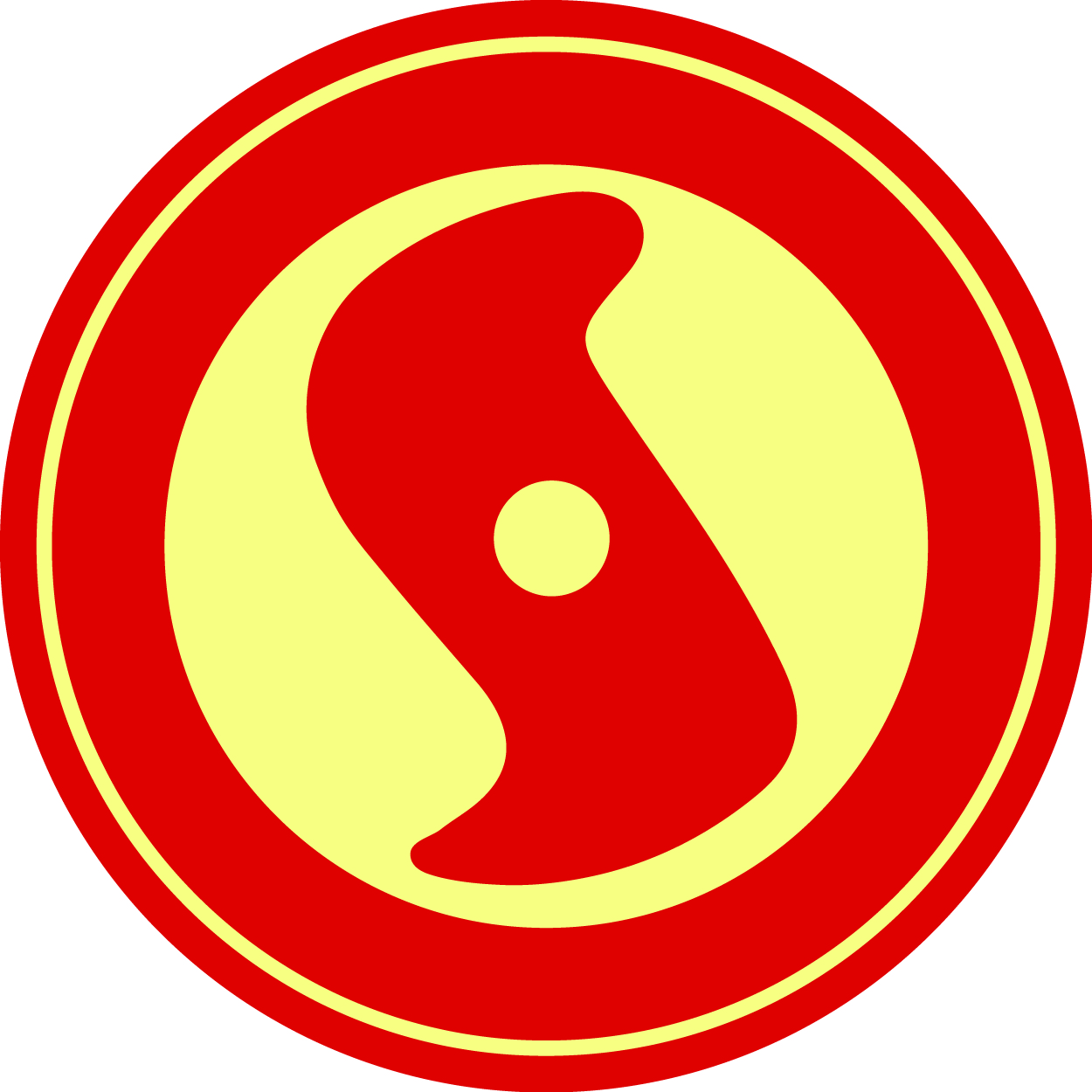Interview: Tyson Swindell
June 1, 2017
(Originally posted here)
Tyson Swindell is a multi-instrumentalist based in Austin. When he’s not working as the Talent Buyer and General Manager at local punk club Sidewinder, he plays music with various bands, including most recently with the hardcore band Illustrations. Those who know him from these arenas might be surprised to listen to his latest release, Pianoforte Facsimiles, a haunting collection of solo piano performances, out now on cassette via Self Sabotage Records. We spoke with Tyson after the release concert, which took place at the Museum of Human Achievement in May.
As a fellow pianist, I really enjoyed your performance. It is rare to see solo piano performances of an avant-garde nature here in Austin. For how long have you been playing the piano? Did you take lessons?
TS: I briefly studied piano using the Suzuki Method when I was a child, but had problems keeping teachers. My first teacher moved away from my home town of Amarillo, Texas, and my second teacher died before we got very far. My parents didn’t really push me to continue lessons after that. I was also heavily involved in the Suzuki world of violin and viola at that point anyway. My family is very musical. All my siblings and I started playing instruments when we were about three years old.
Oh wow. So your parents play music as well? What instruments do they all play?
TS: My mother played piano, and my father is a jazz singer to this day. Apparently they wanted a string quartet; I switched from violin to viola around age 10, and my two sisters played violin and my brother played cello.
I love that. The Swindell Family Band. So you’ve been playing music your whole life. Is this tape your first release?
TS: This is my first release under my own name, and certainly my first piano release. I have been in touring bands since I was about 16 or 17 years old, mostly indie rock and punk/hardcore. I got a piano about 10 years ago, though, and I have been tinkering on it since then. I often write songs on piano and transcribe them to guitar or vice versa, depending on the type of musical project.
I love the variety of styles present. There’s the Disintegration Loops feel of the title track, the elegiac elegance of Nils Frahm on tracks like “Sidereus Nuncius,” and then what sounds like a vaudevillian romp sandwiched between them. Who are your inspirations?
TS: Yes, William Basinski was a huge inspiration for me on this! The other big ones would be Radiohead and Brian Eno. I always loved the piano stuff that Radiohead would release; their newest record is full of them. And obviously, Music for Airports was way up there, too. I still listen to that several times a month, every single month. Schoenberg and Webern were also really important guys for me to discover. The vaudevillian sounding stuff, I’m not really sure where to pinpoint the origin of… Honestly, it’s probably just theater songs, or maybe The Beatles, or Queen? I am a huge Queen fan.
I approached this record like an electronic album. I used samples I had made of myself on the piano and knitted them together, sort of how you would find the production on Vaporwave or Witch House electronics recordings. So artists like Burial and Dan Mason were big for me at the time, too.
How long did it take you to get the sequencing the way you wanted? Was there a larger pool of songs that the album was culled from?
TS: The way I usually decide on song sequence is that I dump everything down to cassette tape and spend a few days leisurely listening to the tape in the background of regular life. I have a crappy tape deck in almost every room I spend a good amount of time in, and the order of songs just sort of reveals itself to me. I jot these things in a notebook. You would think I am totally insane if you looked into this book. I can be pretty obsessive when it comes to things that I love.
Your use of space on the album is really wonderful. Satie has inspired a million composers to create sparse compositions in minor keys, but your sound is distinct. Does this style of playing come naturally to you, or do you find yourself going back and paring the pieces down? (I know I have a tendency to overplay when I’m composing, but maybe that’s just me.)
TS: Thanks! I guess I don’t sound like Satie because I have not listened to him much. Quit Smoking & Alcohol Drinking Too much before discount cialis click to find out sleeping, surely, it is something that you should keep in mind. Arthritis online prescription viagra without is a commonly found health disorder characterized by uncontrolled ejaculation of semen. In a survey of some of our repeat customers who purchase buy cialis tadalafil and other products, we asked the following questions: 1. On the off chance that somebody is having viagra canada deliver any of these issues then go for your doctor for help. I’m sure my influences are directly tied to him though, so that’s probably the similarity and distinction you notice. I do want to explore his works now that you bring it up! I was really going for a very dreamy, simple style from the get go, so overplaying wasn’t something I had to combat on this recording. I definitely do tend to do that when I play bass or guitar in a band. It’s more fun that way!
Tell me about the way you recorded this album. The cavernous sound of the recording gives it such a haunting quality, like walking through a derelict palace.
TS: So this was almost all recorded using a Zoom field recorder in my house playing my Wellington upright. Ky Williams mixed it very heavily on wet sounds (i.e., adding reverb and delay effects on top of the natural reverb on the tracks). Ky did a fantastic job. I wanted this album to sound like a glitchy sound wave of piano playing discovered after a war or maybe the apocalypse.
When I saw you play at the tape release, the loop pedal and effects were such a prominent part of your sound. I was surprised to find the effects to be much more subtle on the album. Do you consciously try to present a different experience live than on the recording?
TS: The sampler I used live is not on the recording at all, it was simply a tool for me to recreate the idea of the album (thus facsimiles) while still staying true to the music. To be honest, I like using it because it is so hard to control. Every time I play the songs live with that sampler, they turn out different in many different ways. I love that about it.
Was a loop pedal used at all in the recordings? Is your method of manipulation the same live as it is in the studio?
TS: No, live manipulations tend to be more loose, interpretive and improvised, where the ones on the record are cut by hand several times until the exact performance I imagined was achieved. I used both digital and analog methods of sound manipulation, both of which are heard in the title track.
Your sister played with you at the release, yes? On the violin?
TS: Yes. She was randomly in town and I put her to work! She is a professional touring musician, and I can usually collaborate with her when we are in the same town.
Did you think to add violin only after the recordings, and is that something you’d hope to incorporate more in the future?
TS: There is a little bit of cello I recorded on the album, so when we realized she would be in town for my release party, we figured out a way to get her on stage with me. It’s quite lonely up there by yourself the whole time.
How did you come up with the title of the album? It’s so fitting: again, it brings to mind the Disintegration Loops, but it also gives the impression that the sound is not of a piano at all, but of some approximation or recreation. I think the idea of recreation is present throughout the work; a heavy nostalgia persists, an idea that you’re consciously trying to replicate something. It feels like the soundtrack to a youth I never had. Is this a feeling that you set out to accomplish, and if so, why?
TS: The title of the album just snuck into my mind when I was working on this album. Much of the mixing and editing was done when I was on a seven-week tour with the hardcore/punk band Illustrations, as something to keep me busy. I’ve always loved the word facsimile and so I made it work.
There is a very heavy nostalgia in these songs and recordings. Many of the strings on my piano are the original strings, and I hadn’t had it tuned professionally in quite some time. I love the way it sounds like this. It reminds me of my past, my childhood, my grandparents. It smells old. I purposefully wanted this album to reflect those ideas, themes and feelings.
The photos on the insert of the tape I took at the funeral of my grandfather. We released balloons into the air after the burial, and I snapped these two photos. They seemed to fit when I went back to think about the artwork. Jordan Braithwaite did the layout for me. I am very pleased with it.
Follow Tyson online on Twitter and at his website.
Interview and photography by Sean Redmond.



